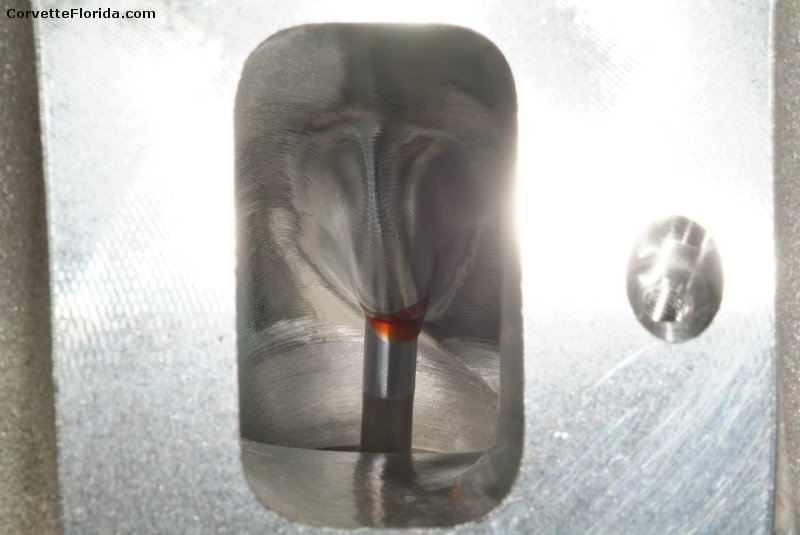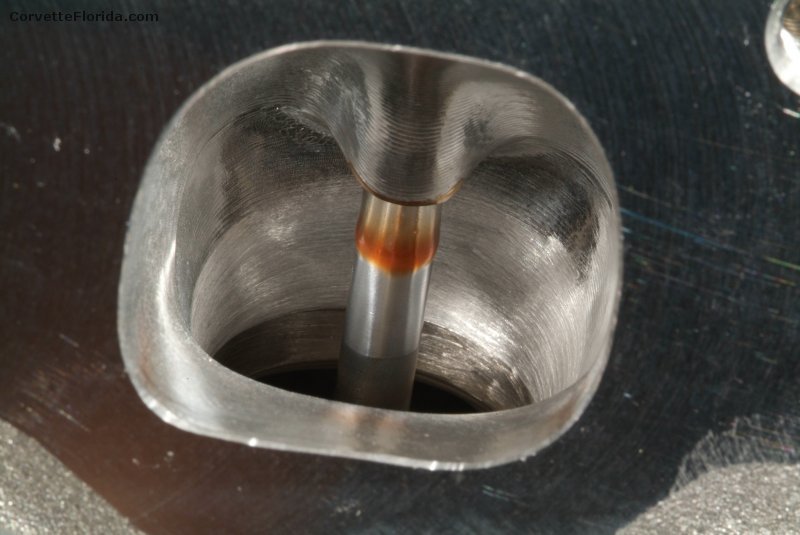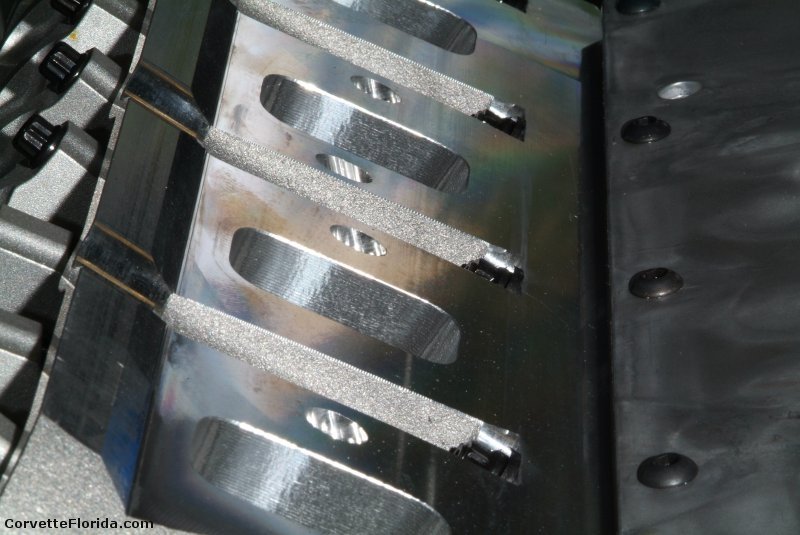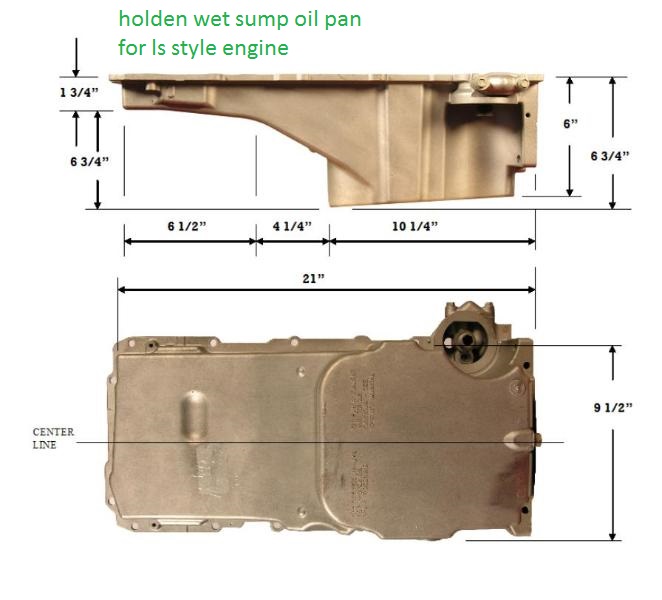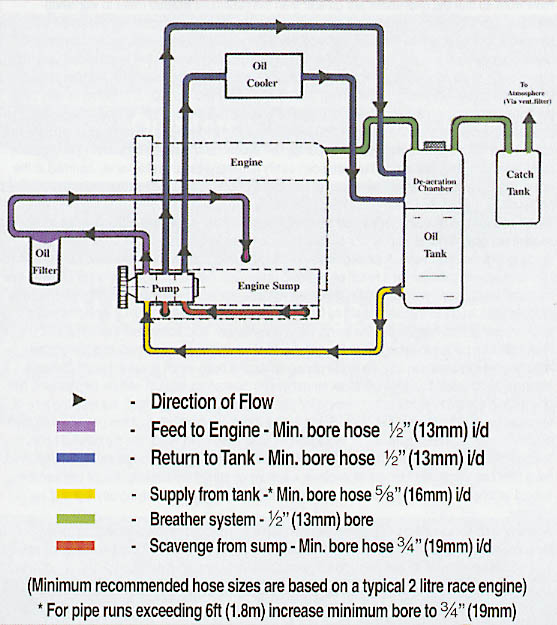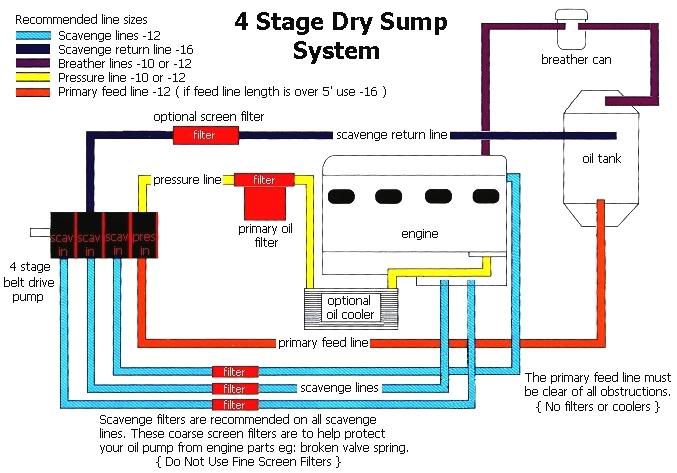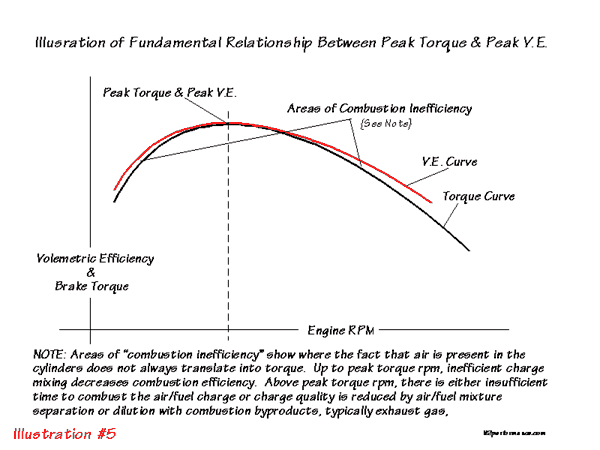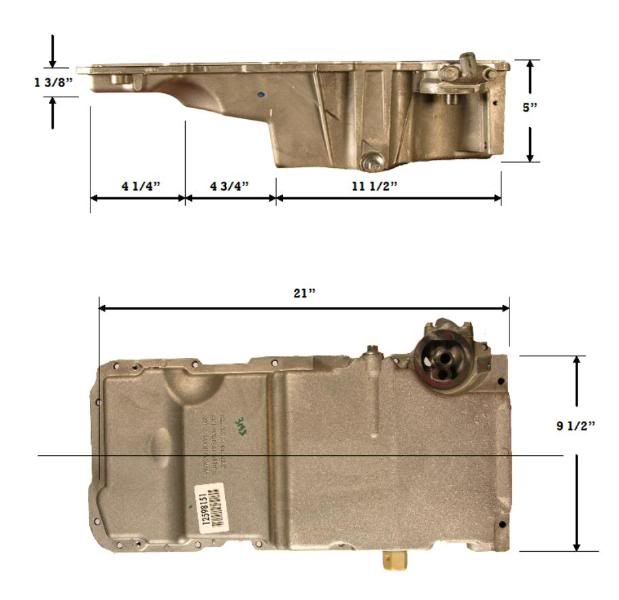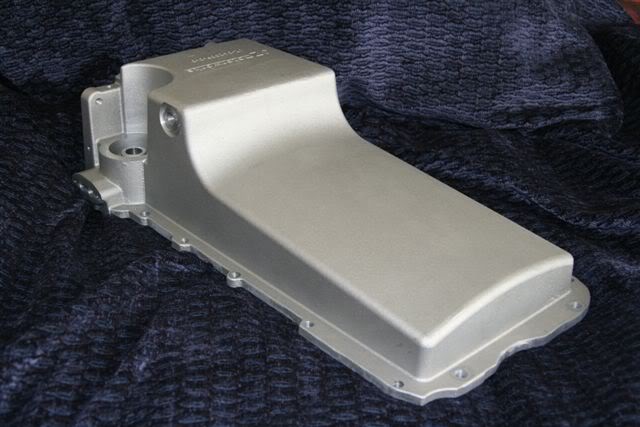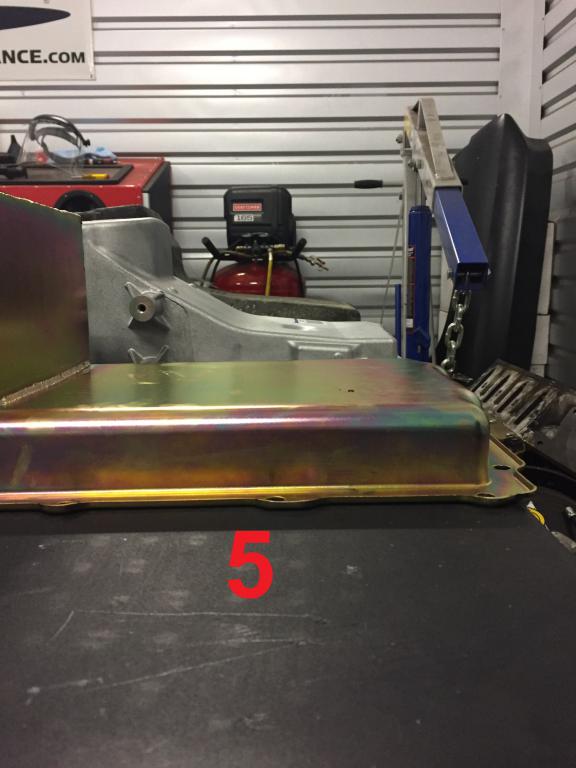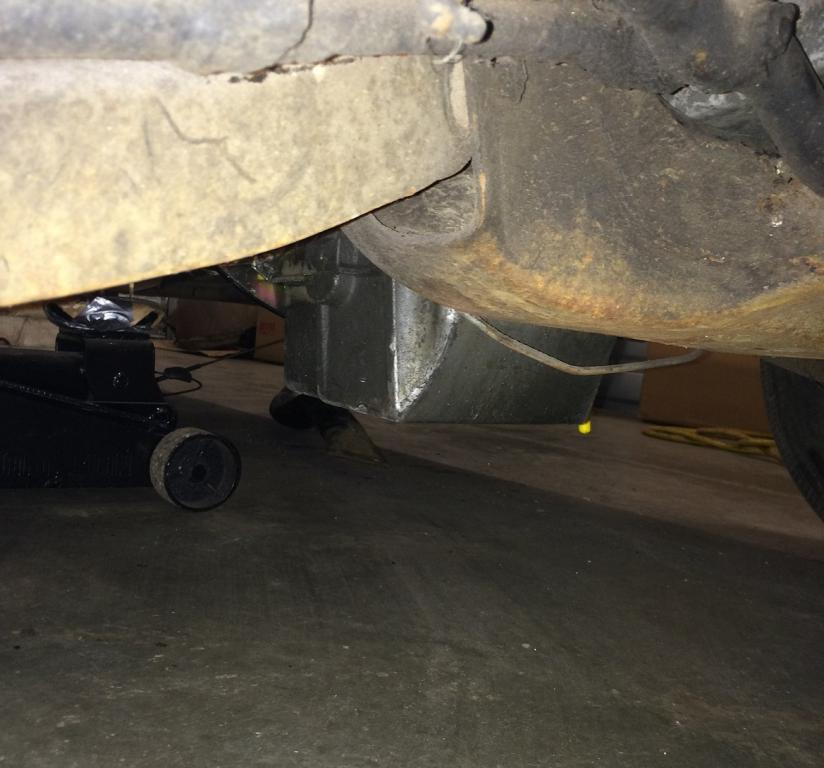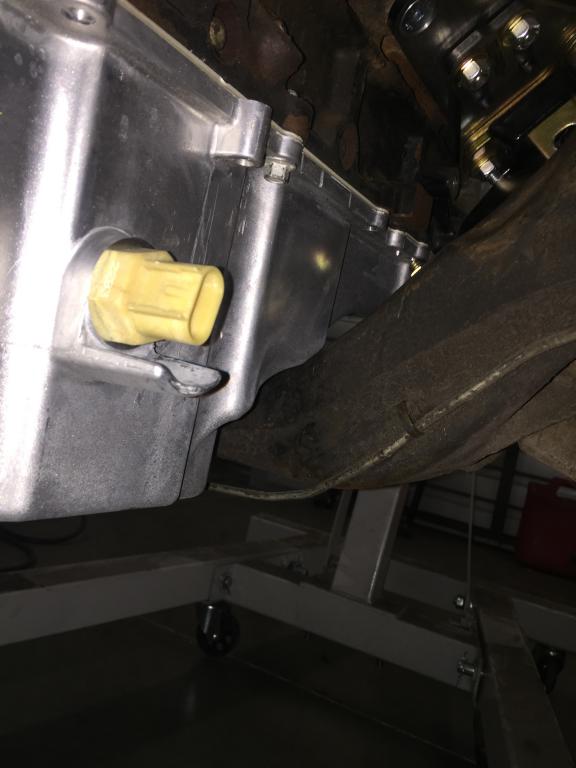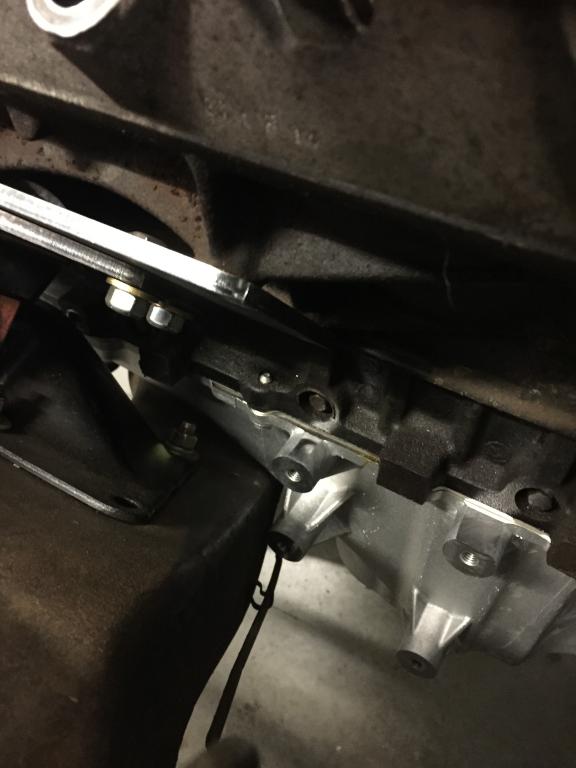http://www.hotrod.com/howto/113_0504_ch ... index.html
http://www.moroso.com/eb/catalog/naviga ... eset=false
http://garage.grumpysperformance.com/index.php?threads/big-block-or-ls-series-motor.6866/#post-22294
http://www.superchevy.com/how-to/project-cars/sucp-0805-ls-engine-power-packages/
LSNext Blocks have arrived @ SDPC!!!
https://sdparts.com/category/engine-components
GOT AN LS engine swap?
http://www.mastmotorsports.com/view.php?id=160&c=49&s=7
http://www.youtube.com/watch?v=taYsbtDw ... bedded#t=1
http://www.dartheads.com/dart-news/ls-next-sneak-peeks/
https://sdparts.com/category/engine-com ... der-blocks
https://sdparts.com/category/ls-gen-iii ... erformance
http://www.dartheads.com/dart-news/ls-n ... eo-760-hp/
https://www.onallcylinders.com/2017...oductory-overview-gen-iiiiv-ls-engine-family/
https://hqconsumer.com/ls-engine-swap/
https://www.lsxmag.com/tech-stories/the-dos-and-donts-of-buying-a-used-ls-engine-for-a-project/
https://www.onallcylinders.com/2017/09/21/ls-engine-spotters-guide-cars-trucks-ls-engines/
https://www.lsxmag.com/news/everything-you-need-to-know-for-your-ls-swap/
https://www.onallcylinders.com/2017...-advice-for-ls1-mods-to-maximize-performance/
https://www.racingjunk.com/news/drag-race-101-building-an-ls-bracket-motor-from-scratch-part-i/
https://www.dragzine.com/tech-stories/10-basic-tips-to-building-your-first-ls-engine/
https://grassrootsmotorsports.com/articles/addressing-internet-myths-about-ls-swaps/






http://www.superchevy.com/how-to/engine ... -lsxr.html
http://www.carcraft.com/techarticles/cc ... sults.html
http://www.carcraft.com/techarticles/12 ... s_engines/
http://www.carcraft.com/techarticles/12 ... gine_swap/
a few tips on installing a manual trans behind an LS series engine in an older muscle car, and identifying that LS engine
http://www.carcraft.com/techarticles/14 ... r_ls_swap/
http://www.carcraft.com/techarticles/13 ... 8_engines/
http://www.carcraft.com/techarticles/14 ... _a_427_ls/
Front oxygen sensor for 2002 6L applications: 12565397
Brake booster intake manifold fitting (needed if you got your 6L engine from a truck with hydroboost, and you have a vacuum booster): 12555831
3-wire coolant temperature sensor connector: 12102748
If you want to maintain the integrity of the EVAP system:
EVAP vent valve: 15759044
EVAP vent valve connector: 12101858
Fuel tank pressure sensor connector: 88986451
Fuel system stuff:
Fuel pump module (note, will not fit in 88-95 tanks besides 4 door 95 Yukon/Tahoe): ACDelco MU146 (get it off ebay, much cheaper)
Fuel pump connector: 12167154
4L80e conversion parts:
Dipstick: 15183801
Dipstick tube: 15198439
Dust cover to use with 4.8, 5.3, 6.0L engines: 15765623
GMPP spark plug wires for LS1: 12495519
3 piece "Vortec 6000" engine cover, without hole for EGR valve on passenger side: 15006417, 15006418, 15006419
Mobil 1 oil filler cap: 12555685
If you are using a stock wiring harness and want to be able to remove it, you will need the following connectors:
C100 (engine to body harness): Delco PT1401
C152 (engine to chassis harness): GM 15306199
C153 (engine to 4WD harness): Delco PT420
6L engine gaskets/seals:
Front main seal- 12585673
Rear main seal- 12585671
Front cover gasket- 12574294
Rear cover gasket- 12574293
Top cover gasket- 12558178
Oil pan gasket- 12558760
Head gasket- 12589227
Valve cover gasket (2)- 12560696
Water pump gasket (2)- 12559271
Oil pickup tube o-ring- 12557075
6L engine internal parts:
Main bearings- 1,2,4,5: 89017469 each, 3: 89017470 each
Rod bearings-12493712 each
Valve seals- intake: 12482063 (8) , exhaust: 12482062 (8)
Valve keepers- 10166345 each
Some interesting facts about the GEN III engines including the LS1:
ENGINE: Liters: Cubic I: Bore: Stroke: Rod Length: Comp:
LR4 4.8 293 3.780 3.268 6.276 9.5
LM7 5.3 325 3.780 3.622 6.098 9.5
LS1 5.7 346 3.898 3.622 6.098 10.1
LS6 5.7 346 3.898 3.622 6.098 10.5
LQ4 6.0 364 4.00 3.622 6.098 9.4
_____________________
Engine: HP TQ Application
LR4, 4.8L 255@5,200 285@4,000 '99 Silverado
270@5,200 285@4,000
LM7, 5.3L 265@5,000 320@4,000 '99 Silverado
285@5,200 325@4,000
LS1, 5.7L 305@5,200 335@4,000 '98-99' Camaro
335@5,200 335@4,000 '98-99' SS Camaro
345@5,600 350@4,400 '97-99 Corvette
350@5,600 350@4,400 2000 Corvette
350@5,600 375@4,400 '01 Corvette
350@5,600 360@4,000 '01 Corvette Auto
310@5,200 340@4,000 '01 Camaro Auto
325@5,200 350@4,000 '01 Camaro six-speed
LS6, 5.7L 385@6,000 385@4,800 '01 Corvette
LQ4, 6.0L 300@4,800 355@4,000
300@4,400 360@4,000
all ratings are up to 2001 models
______________________________
Significant Gen III
Engineering Points:
1. All Gen III truck engines use iron blocks. Only the Camaro (F-Car) and Corvette (Y-car)LS1/LS6 engines feature aluminum blocks.
2. All Gen III engines have aluminum heads except for the '99 LQ4 engines that were equipped with iron heads. These engines received aluminum heads for the 2000 model year.
3. All Gen III engines share common main,rod,and cam-bearing journal diameters for ease of interchange. All blocks use a cross-bolted six-bolt main cap.
4. All Gen III engines are completely metric.
5. All valvetrain pieces are completely interchangable. The standard rocker ratio for all Gen III engines is 1.7:1.
6.All Gen III truck engines use cast aluminum oil pans that are deeper than the camaro or corvette pans.
7. All intake manifolds interchange. The truck intakes are roughly 3-4 inches taller than the passenger-car intakes.
8. All Gen III engines employ reusable gaskets for sealing surfaces except for the head gaskets. This makes it much quicker and easier to service the engine.
9. There are only two intake valve sizes for all the Gen III engines. Exhaust valves are all the same diameter.
10. Truck and camaro engines use cable throttle linkage while the corvettes use an electronic throttle. There are also some SUV engines with traction control that use electronic throttle control.
11. Bellhousing patterns are the same for all Gen III engines. The crank flange is basically the same depth as the bellhousing flange.
12. The Gen III firing order has been revised from 1-8-4-3-6-5-7-2 to 1-8-7-2-6-5-4-3. Note that the pairings 1-8, 4-3, 6-5, 7-2 remain the same, but the pairing order is different for reduced vibration.
13. The valve angle on all Gen III engines is 15 degrees versus 23 degrees for the origional and Gen II small-blocks.
14. The Gen III bore spacing is the same as the origional small-block, but each cylinder is ringed with only four head bolts instead of five.
__________________
Custom Cubes:
If you are fortunate enough to get your hands on an LQ4 6.0L engine block, you can bore it .030-over and purchase a 4.250 Lunati stroker crankshaft to produce a 434ci. GenIII engine.
Add a set of GM Performance Parts ZO6 cyclinder heads (PN 12560801) or have the stock LS1 heads ported and you've got yourself a serious engine.
__________________
All information is taken from Chevy High Performance Magazine May 2002 edition.
resource, and related part info
http://www.coasthigh.com/chevy-ls-serie ... 011001.htm
http://www.edelbrock.com/automotive_new ... _ls1.shtml
http://www.cartechbooks.com/vstore/show ... apter=6065
http://www.amazon.com/How-Build-High-Pe ... 1884089844
http://www.summitracing.com/parts/HPB-HP1407/?rtype=10
http://www.campbellenterprises.com/k1-l ... shafts.php
http://www.moroso.com/eb/catalog/naviga ... eset=false
http://garage.grumpysperformance.com/index.php?threads/big-block-or-ls-series-motor.6866/#post-22294
http://www.superchevy.com/how-to/project-cars/sucp-0805-ls-engine-power-packages/
LSNext Blocks have arrived @ SDPC!!!
https://sdparts.com/category/engine-components
GOT AN LS engine swap?
http://www.mastmotorsports.com/view.php?id=160&c=49&s=7
http://www.youtube.com/watch?v=taYsbtDw ... bedded#t=1
http://www.dartheads.com/dart-news/ls-next-sneak-peeks/
https://sdparts.com/category/engine-com ... der-blocks
https://sdparts.com/category/ls-gen-iii ... erformance
http://www.dartheads.com/dart-news/ls-n ... eo-760-hp/
https://www.onallcylinders.com/2017...oductory-overview-gen-iiiiv-ls-engine-family/
https://hqconsumer.com/ls-engine-swap/
https://www.lsxmag.com/tech-stories/the-dos-and-donts-of-buying-a-used-ls-engine-for-a-project/
https://www.onallcylinders.com/2017/09/21/ls-engine-spotters-guide-cars-trucks-ls-engines/
https://www.lsxmag.com/news/everything-you-need-to-know-for-your-ls-swap/
https://www.onallcylinders.com/2017...-advice-for-ls1-mods-to-maximize-performance/
https://www.racingjunk.com/news/drag-race-101-building-an-ls-bracket-motor-from-scratch-part-i/
https://www.dragzine.com/tech-stories/10-basic-tips-to-building-your-first-ls-engine/
https://grassrootsmotorsports.com/articles/addressing-internet-myths-about-ls-swaps/






http://www.superchevy.com/how-to/engine ... -lsxr.html
http://www.carcraft.com/techarticles/cc ... sults.html
http://www.carcraft.com/techarticles/12 ... s_engines/
http://www.carcraft.com/techarticles/12 ... gine_swap/
a few tips on installing a manual trans behind an LS series engine in an older muscle car, and identifying that LS engine
http://www.carcraft.com/techarticles/14 ... r_ls_swap/
http://www.carcraft.com/techarticles/13 ... 8_engines/
http://www.carcraft.com/techarticles/14 ... _a_427_ls/
Front oxygen sensor for 2002 6L applications: 12565397
Brake booster intake manifold fitting (needed if you got your 6L engine from a truck with hydroboost, and you have a vacuum booster): 12555831
3-wire coolant temperature sensor connector: 12102748
If you want to maintain the integrity of the EVAP system:
EVAP vent valve: 15759044
EVAP vent valve connector: 12101858
Fuel tank pressure sensor connector: 88986451
Fuel system stuff:
Fuel pump module (note, will not fit in 88-95 tanks besides 4 door 95 Yukon/Tahoe): ACDelco MU146 (get it off ebay, much cheaper)
Fuel pump connector: 12167154
4L80e conversion parts:
Dipstick: 15183801
Dipstick tube: 15198439
Dust cover to use with 4.8, 5.3, 6.0L engines: 15765623
GMPP spark plug wires for LS1: 12495519
3 piece "Vortec 6000" engine cover, without hole for EGR valve on passenger side: 15006417, 15006418, 15006419
Mobil 1 oil filler cap: 12555685
If you are using a stock wiring harness and want to be able to remove it, you will need the following connectors:
C100 (engine to body harness): Delco PT1401
C152 (engine to chassis harness): GM 15306199
C153 (engine to 4WD harness): Delco PT420
6L engine gaskets/seals:
Front main seal- 12585673
Rear main seal- 12585671
Front cover gasket- 12574294
Rear cover gasket- 12574293
Top cover gasket- 12558178
Oil pan gasket- 12558760
Head gasket- 12589227
Valve cover gasket (2)- 12560696
Water pump gasket (2)- 12559271
Oil pickup tube o-ring- 12557075
6L engine internal parts:
Main bearings- 1,2,4,5: 89017469 each, 3: 89017470 each
Rod bearings-12493712 each
Valve seals- intake: 12482063 (8) , exhaust: 12482062 (8)
Valve keepers- 10166345 each
Some interesting facts about the GEN III engines including the LS1:
ENGINE: Liters: Cubic I: Bore: Stroke: Rod Length: Comp:
LR4 4.8 293 3.780 3.268 6.276 9.5
LM7 5.3 325 3.780 3.622 6.098 9.5
LS1 5.7 346 3.898 3.622 6.098 10.1
LS6 5.7 346 3.898 3.622 6.098 10.5
LQ4 6.0 364 4.00 3.622 6.098 9.4
_____________________
Engine: HP TQ Application
LR4, 4.8L 255@5,200 285@4,000 '99 Silverado
270@5,200 285@4,000
LM7, 5.3L 265@5,000 320@4,000 '99 Silverado
285@5,200 325@4,000
LS1, 5.7L 305@5,200 335@4,000 '98-99' Camaro
335@5,200 335@4,000 '98-99' SS Camaro
345@5,600 350@4,400 '97-99 Corvette
350@5,600 350@4,400 2000 Corvette
350@5,600 375@4,400 '01 Corvette
350@5,600 360@4,000 '01 Corvette Auto
310@5,200 340@4,000 '01 Camaro Auto
325@5,200 350@4,000 '01 Camaro six-speed
LS6, 5.7L 385@6,000 385@4,800 '01 Corvette
LQ4, 6.0L 300@4,800 355@4,000
300@4,400 360@4,000
all ratings are up to 2001 models
______________________________
Significant Gen III
Engineering Points:
1. All Gen III truck engines use iron blocks. Only the Camaro (F-Car) and Corvette (Y-car)LS1/LS6 engines feature aluminum blocks.
2. All Gen III engines have aluminum heads except for the '99 LQ4 engines that were equipped with iron heads. These engines received aluminum heads for the 2000 model year.
3. All Gen III engines share common main,rod,and cam-bearing journal diameters for ease of interchange. All blocks use a cross-bolted six-bolt main cap.
4. All Gen III engines are completely metric.
5. All valvetrain pieces are completely interchangable. The standard rocker ratio for all Gen III engines is 1.7:1.
6.All Gen III truck engines use cast aluminum oil pans that are deeper than the camaro or corvette pans.
7. All intake manifolds interchange. The truck intakes are roughly 3-4 inches taller than the passenger-car intakes.
8. All Gen III engines employ reusable gaskets for sealing surfaces except for the head gaskets. This makes it much quicker and easier to service the engine.
9. There are only two intake valve sizes for all the Gen III engines. Exhaust valves are all the same diameter.
10. Truck and camaro engines use cable throttle linkage while the corvettes use an electronic throttle. There are also some SUV engines with traction control that use electronic throttle control.
11. Bellhousing patterns are the same for all Gen III engines. The crank flange is basically the same depth as the bellhousing flange.
12. The Gen III firing order has been revised from 1-8-4-3-6-5-7-2 to 1-8-7-2-6-5-4-3. Note that the pairings 1-8, 4-3, 6-5, 7-2 remain the same, but the pairing order is different for reduced vibration.
13. The valve angle on all Gen III engines is 15 degrees versus 23 degrees for the origional and Gen II small-blocks.
14. The Gen III bore spacing is the same as the origional small-block, but each cylinder is ringed with only four head bolts instead of five.
__________________
Custom Cubes:
If you are fortunate enough to get your hands on an LQ4 6.0L engine block, you can bore it .030-over and purchase a 4.250 Lunati stroker crankshaft to produce a 434ci. GenIII engine.
Add a set of GM Performance Parts ZO6 cyclinder heads (PN 12560801) or have the stock LS1 heads ported and you've got yourself a serious engine.
__________________
All information is taken from Chevy High Performance Magazine May 2002 edition.
resource, and related part info
http://www.coasthigh.com/chevy-ls-serie ... 011001.htm
http://www.edelbrock.com/automotive_new ... _ls1.shtml
http://www.cartechbooks.com/vstore/show ... apter=6065
http://www.amazon.com/How-Build-High-Pe ... 1884089844
http://www.summitracing.com/parts/HPB-HP1407/?rtype=10
http://www.campbellenterprises.com/k1-l ... shafts.php
Last edited by a moderator:








